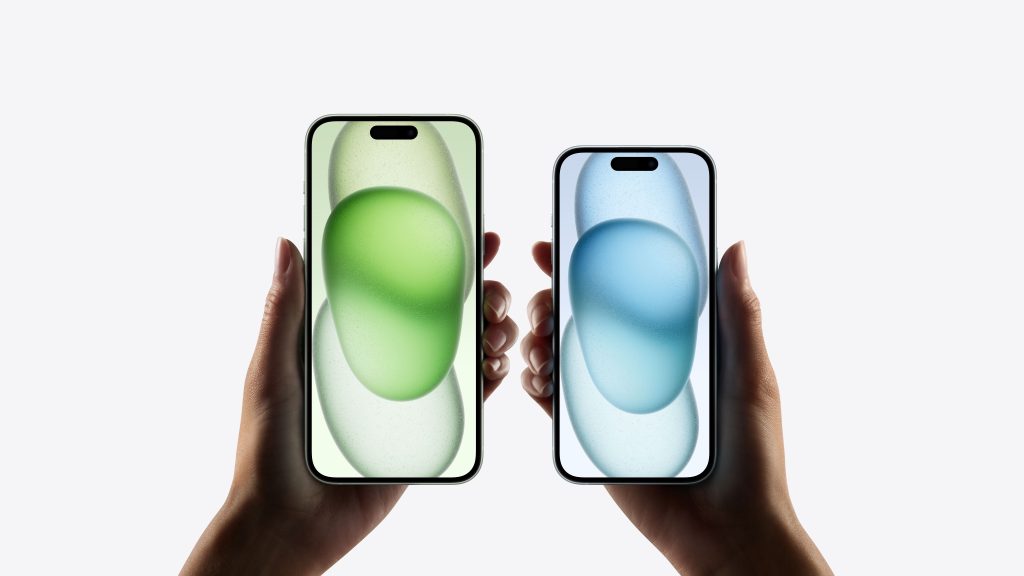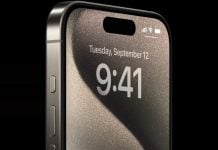The long-standing barrier between Android and iPhone users has been slightly lowered with the new iPhone 15 series adopting USB-C. This means both types of smartphones can now share battery power, a function Android users have enjoyed since around 2015. While this might not be any big news, it’s a huge step in what could be one of many new features.
Companies are offering short USB-C connecting keychains for convenience
Previously, iPhones used USB-C to Lightning cables, which allowed Android phones to share power with iPhones but not vice versa. The new iPhone 15 series has effectively changed the game. A recent test by PetaPixel confirmed that an iPhone 15 could share its battery with a Google Pixel Fold via a USB-C cable.

Why does this matter? For one, it enhances the utility of carrying a smartphone. With this feature, your phone doubles as a portable battery bank capable of charging other devices, whether it’s another phone or accessories like smartwatches. Android phones even offer a “charge connected device” option, making the process straightforward.
Although not a feature you’ll use daily, it’s beneficial in situations where, for instance, a friend’s phone is critically low on battery, and no wall socket is nearby. It’s also useful for charging smaller devices when on the go.
Companies like Nomad are capitalizing on this trend by offering keychain-sized USB-C cables, making it easier than ever to share power between devices.
Irrespective of utility, this symbolizes a step toward bringing together the world of mobile technology. Android and iPhone users can now share something as basic yet vital as battery power, perhaps opening doors for more cross-platform interactions in the future.
RELATED:
- Apple India offers iPhone 15 series with up to Rs 6,000 discount: Check details
- Apple A17 Pro vs A16 Bionic: What’s The Difference?
- Best Bluetooth smart trackers of 2023: Tile, AirTags, SmartTags & More
(Via)






